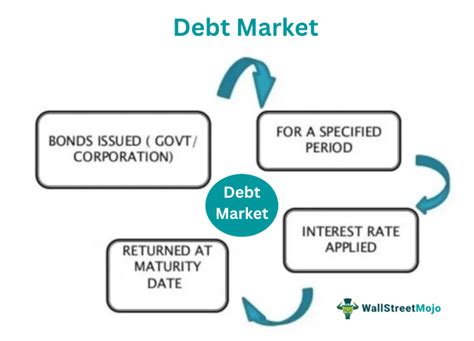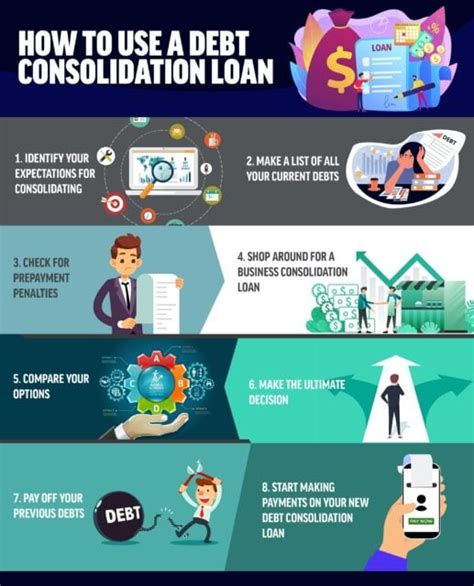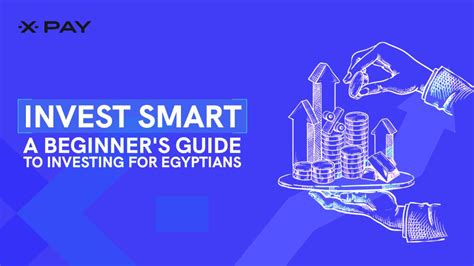Confronting the Challenge: A Strategic Approach to High-Interest Debt
For many men, managing personal finances can feel like navigating a complex battlefield. High-interest debt, often accumulated through credit cards, personal loans, or other unsecured lines of credit, represents a significant adversary. It siphons away hard-earned money, stalls financial progress, and can be a constant source of stress. However, by adopting a structured, strategic approach, men can not only prioritize this debt effectively but also accelerate its payoff, reclaiming control over their financial future.
This article will outline clear, actionable steps, tailored to help men build a robust plan for tackling high-interest debt head-on.

Step 1: Identify Your Enemy – Understanding High-Interest Debt
The first step in any effective strategy is to know your opponent. High-interest debt is characterized by an annual percentage rate (APR) significantly higher than typical loans, often ranging from 15% to 30% or more. Common culprits include:
- Credit Card Balances: These are the most prevalent form of high-interest debt.
- Personal Loans: Especially those from lenders offering quick cash with less stringent requirements.
- Payday Loans or Title Loans: These carry extremely high interest rates and should be prioritized immediately.
Start by compiling a complete list of all your debts. For each debt, note down the creditor, the current balance, the minimum monthly payment, and most importantly, the exact interest rate (APR). This comprehensive overview will form the foundation of your attack plan.
Step 2: Prioritization – The Debt Avalanche Method
When it comes to high-interest debt, the most financially efficient strategy is almost always the Debt Avalanche method. This approach prioritizes debts based on their interest rates, not their balance size. Here’s how it works:
- List all debts from highest interest rate to lowest interest rate.
- Pay the minimum payment on all debts except the one with the highest interest rate.
- Direct all extra available funds towards the debt with the highest interest rate.
Once the highest-interest debt is completely paid off, you take the money you were paying on that debt (both the minimum payment and the extra funds) and roll it into the next highest-interest debt on your list. This creates a snowball effect of payments, but focuses on minimizing interest paid, saving you the most money and accelerating your overall payoff.

Step 3: Fortify Your Finances – Budgeting and Income Generation
To aggressively tackle high-interest debt, you need to free up as much cash as possible. This involves two key components:
Creating an Aggressive Budget
Review your monthly expenses with a critical eye. Identify areas where you can cut back, even temporarily. This might mean:
- Reducing discretionary spending (dining out, entertainment, subscriptions).
- Finding cheaper alternatives for essential services (insurance, phone plans).
- Temporary lifestyle adjustments to redirect funds towards debt.
Track every dollar to ensure your money is working towards your goal.
Boosting Your Income
Consider ways to increase your earnings, even on a short-term basis. This could include:
- Taking on overtime at work.
- Starting a side hustle (freelancing, gig economy work).
- Selling unused items around your home.
Every extra dollar earned and directed towards your highest-interest debt makes a significant impact.

Step 4: Advanced Maneuvers – Consolidation and Refinancing
In some cases, especially with multiple high-interest debts, consolidating or refinancing can be a powerful tool. This involves taking out a new loan at a lower interest rate to pay off several existing high-interest debts. Options include:
- Balance Transfer Credit Cards: Offering 0% APR for an introductory period, allowing you to pay down principal without interest accruing (be wary of transfer fees and the expiry of the introductory period).
- Personal Debt Consolidation Loans: A single loan with a fixed interest rate, often lower than credit card rates, simplifying payments.
- Home Equity Loans/Lines of Credit (HELOCs): If you own a home, these can offer lower rates but put your home at risk if you default. Use with extreme caution.
Always calculate if the new loan’s interest rate and fees genuinely save you money over time. Crucially, avoid accumulating new debt once you’ve consolidated, as this can worsen your financial situation.

Sustaining the Momentum: The Mindset of a Debt Slayer
Paying off debt is a marathon, not a sprint. Maintaining motivation and discipline is key:
- Automate Payments: Set up automatic minimum payments to avoid late fees, and then manually apply extra payments to your prioritized debt.
- Track Progress: Visualizing your decreasing balances can be incredibly motivating. Use apps, spreadsheets, or even a simple chart.
- Celebrate Milestones: Acknowledge your progress. Paying off your first high-interest debt is a significant achievement and deserves recognition.
- Stay Focused: Remind yourself of your ultimate goal – financial freedom and the peace of mind that comes with it.

Conclusion
Tackling high-interest debt requires a clear strategy, unwavering discipline, and a commitment to your financial well-being. By diligently identifying your debts, employing the Debt Avalanche method, fortifying your finances through budgeting and income generation, and considering smart consolidation options, men can effectively prioritize and rapidly pay off their high-interest obligations. The path to financial freedom is within reach for those willing to take decisive action and stick to the plan.




